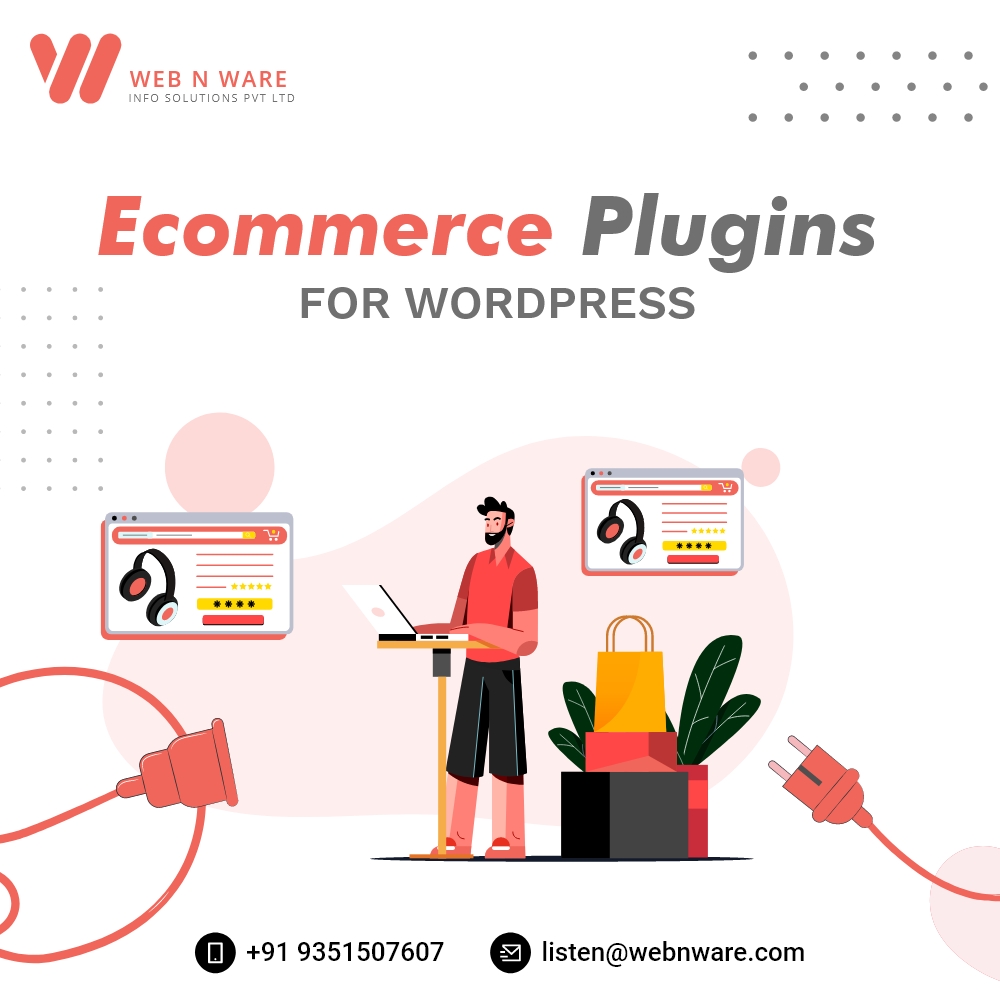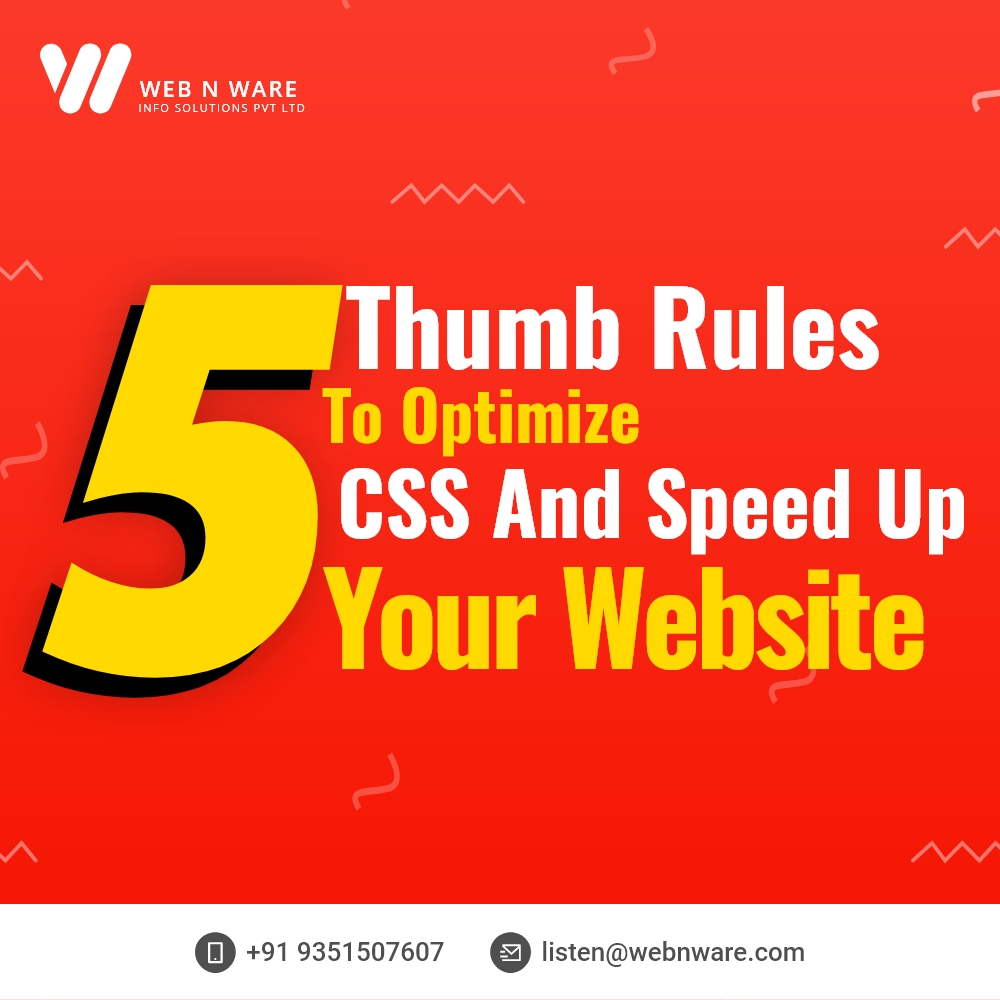
Switch from Magento to Shopify – Give Your Business a Boost with Webnware!
By WNW SEO | ecommerce, | 0 CommentsMagento is a very good ecommerce website development tool to manage an online store. However, if you are looking to expand, you need to make the switch from Magento to Shopify. Switching from one service to another can be a tricky idea as you want to make sure you are not losing any data or hampering the business. For this, you can take the help of a website design and development company or do it yourself. If you are doing it yourself, here is a guide on how to make the switch.
Step 1 – Create your Own Shopify Account
The first step is to create your own account on Shopify. Shopify is a paid service, so you need to choose one of their pricing plans. New users can get a 14-days free trial period. After that, you have to choose from one of the following plans:- Basic Shopify: It starts at $29 per month
- Shopify: This plan starts at $79 per month
- Advanced Shopify: It starts at $299 per month
Step 2 – Backup your Store
You don’t want to lose any of your data, so this step is very important. There could be a possibility while migrating from Magento to Shopify, the migration stops and you could lose all your data. So, it is very important to back it up. To create a backup on Magento, go to the Admin Sidebar and click on tools. Here, you will get the backup option.Step 3 – Download the Import Store App
Go to the shopify Appstore and download this app called “import store”. This app allows you to transfer all your data about your product and customer from Magento to Shopify. There are other apps also available to transfer data like Excelify and Multichannel importer.Step 4 – Export Data
Now, you need to export your data from Magento to Shopify. To export the data, follow these steps:- Click on Admin Sidebar and click system. Click on data transfer and from there, select the Export option.
- Inside the export setting, you will see option of entity type. This will be your products data or customer data.
- If you are using the import store app, select ‘XML’ in export file format.
Step 5 – Import Data on Shopify
Once the data is exported from Magento, its time to import it on shopify. Here are the steps:- In the Shopify admin page, click Apps and select import store.
- Choose Magento from the drop-down menu.
- In ‘Upload file’, select the exported files to import.
- Finish by clicking ‘continue import’.
Step 6 – Review Data
It is always wise to review your data once the import is completed. You should match with the saved data to see if it is correct or not. If there is any missing data, Shopify gives you the option of adding it manually also.Step 7 – Create You Shopify Store
Once the data is transferred, all you need to do is design your website on Shopify. There are many paid and free themes to choose from on Shopify. Also Read:-B2B eCommerce Website & Marketing Strategies
MORE
Top 7 Ecommerce WordPress Plugins You Can Rely on For Your Next Online Shop
By WNW SEO | Website Plugins, | 0 CommentsThe key to selling products online is presenting them in the right way. This doesn’t just involve using good quality images, but making the interface of your eCommerce store user-friendly and engaging. Features like shopping cart, wish lists, pincode checker and zooming into images make an eCommerce website user-friendly and engaging.
Ecommerce Plugins for your WordPress Website
If you have a WordPress website, the following eCommerce plugins are the best to use:-
WooCommerce
-
BigCommerce
-
Easy Digital Downloads
-
WP eCommerce
-
Cart66 Cloud
-
Ecwid Ecommerce Shopping Cart
-
WP EasyCart
5 THUMB RULES TO OPTIMIZE CSS AND SPEED UP YOUR WEBSITE
MORE
5 Thumb Rules to Optimize CSS and Speed Up Your Website
By WNW SEO | Website Development, | 0 CommentsDid you know that if your website took more than 4 seconds to load, 1 out of every 4 visitors are likely to leave it? Ideally, a website is meant to open within 3 seconds. Once it starts taking longer, your bounce rate starts increasing. In order to improve your website speed, you need to optimize it in many ways. One of the ways of improving your website speed service is by optimizing your CSS code. Let’s see how to optimize CSS for your website:
Here are 5 List to optimize the website CSS and Increase Website Speed
Have a Clean Code
Let me clarify the definition of “clean code” here. It’s not just about keeping it free from errors and presenting it neatly. In fact, keeping more white spaces in your code takes up a lot of bytes, thus making the file heavier. Your code needs to be structured properly, contain short class & ID names and has to be free of any unnecessary characters, which includes space.Optimize Images
Any images you insert in your website through CSS need to be optimized. The original size of the image file is usually heavy, which makes the website slower. You can do this by using:- Sprite images for all icons and graphics
- CSS font styling over graphical texts
- Font-based icons over graphical fonts


